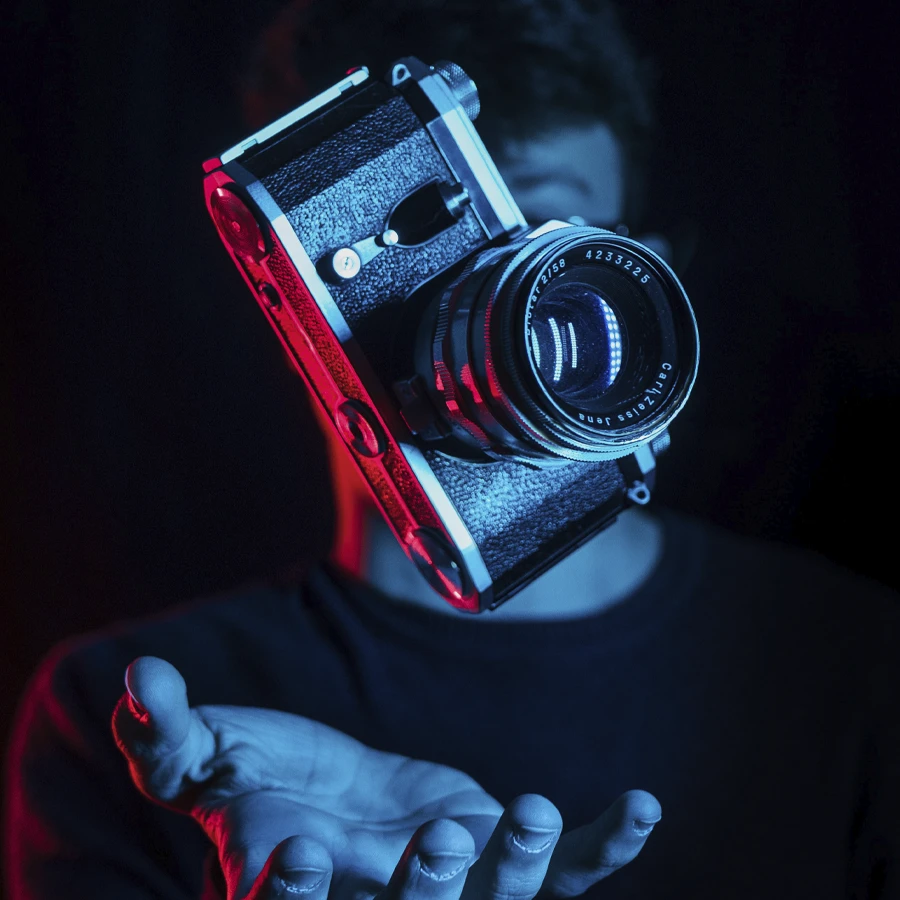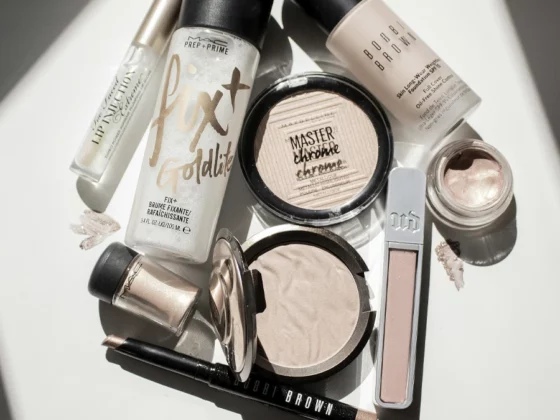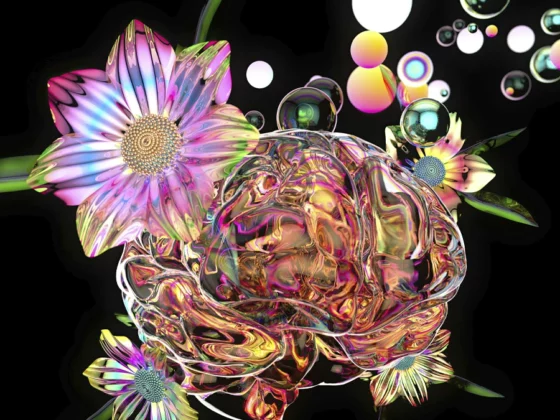Presenting the product is everything in cosmetics communication, the aim is to translate reality into images true to it. Respect for colour comes before any other aspect, respect for texture is also important to suggest the most suitable choice. Photography is a tool at the service of the customer, we at Studio Concept also support the realities of cosmetics through the power of images. Here is some advice on the subject.
Indice
Why is cosmetic photography important for cosmetics and beauty companies?
The reference is still life, the canons of photography in cosmetics must adhere to very precise rules. The image must grant the customer a real vision of what the company is offering, there is room for an artistic interpretation of the product but this cannot go beyond the border of reality. Cosmetic photography enhances the product for its real characteristics, it does not create false expectations but only shows concrete promises. The professional approach serves to make the difference as each shot must respect a stylistic line: therein lies the added value.
Clean the cosmetic product before starting
Good set preparation helps to make less effort in post-production. The pursuit of perfection is always an impossible task, you can be flawless but fighting against dust particles can seem an endless battle. Another thing is fingerprints and smudges on packages, here it is always best to do texture tests with used samples and photograph new ones. Handling with cotton gloves is one of the most convenient tricks, the trick helps reduce any fingerprints on shiny materials. Denatured alcohol and a can of compressed air may come in handy.
Study a background consistent with the cosmetic product to be photographed
The classic white background is one of the most commonly used solutions in still life for cosmetics, the more neutral colour allows the product tones to be emphasised. White also contributes to the optimal diffusion of light, the background can be modified in post-production if necessary. The background is part of the composition, it can therefore be used to communicate a stylistic feature consistent with the brand. Here the use of colour is a source of interesting plays of light, but the detail must be faithfully reproduced for each shoot in the line.
Contact us for more information on our services
Elevates the product for excellent perspective
Playing with composition techniques is the most powerful way to associate the shot with a true narrative. The observer’s eye must be guided, the right composition moves the attention through the image to appreciate the subject. One trick is to bring the object higher up than the observer, a little trick that increases its impressiveness. There are two ways to render the effect: the most direct is to place the object on a support so as to capture it in an elevated position, the effect can also be recreated with a shot that starts from a position lower than the object to be portrayed.
Depth of field: what it is and which one to choose
The distance between the farthest point and the nearest sharp point to the camera, this is how depth of field in photography can be described. One of the rules of still life in cosmetics is precisely not to reduce the depth of field below the points that depict the subject. The product must appear sharp in every detail, using an F16 can be a solution to achieve a deep rendering but without running into diffraction. Then there are the smaller details, here aperture is not enough. You can resort to focus stacking, shooting with different focal apertures and combining them in post-production.
Tips for good lighting
Ring light and perhaps the use of a softbox are the tips everyone gives. Indeed these are the most effective means in the studio, in professional photography they are used a lot. Playing with the sensor’s ISO is not the most effective strategy, it is always better to channel the light in other ways. Much depends on the type of light source but also on the materials in the field, opaque backgrounds have a more homogeneous behaviour with light. You can point the light at an opaque canvas and then channel it towards the object, this reduces reflections. Natural light is always preferred, choosing a large window for mid-day shots is the way to get the ideal lighting.
Fine-tuning details in post-production
Aiming for the perfect shot is the way to reduce computer work. Even the most effective shots have some detail out of place when viewed on the screen. Retouching is therefore always a necessary step, but it is good to check that the colours stick to reality. This is what cosmetics is all about.
In the world of cosmetics, the visual presentation of a product takes on a crucial role, becoming almost as significant as the product itself. Cosmetic photography is not just a means to showcase a product, but a powerful tool that can tell its story, enhance its unique characteristics and tangibly promise the benefits it can offer.
In the course of creating images for cosmetics, we have seen how every detail, from the initial cleaning of the product to the choice of background, from the definition of perspective to the management of depth of field, is of fundamental importance.
Through photography, we at Studio Concept aim to not only illustrate a product, but to tell its story, evoking feelings, emotions and promises that can be fulfilled. Maintaining a professional approach, based on well-defined rules and enriched by a pinch of creativity, is fundamental to creating images that are not only beautiful to look at, but that manage to communicate the true essence of the product.





